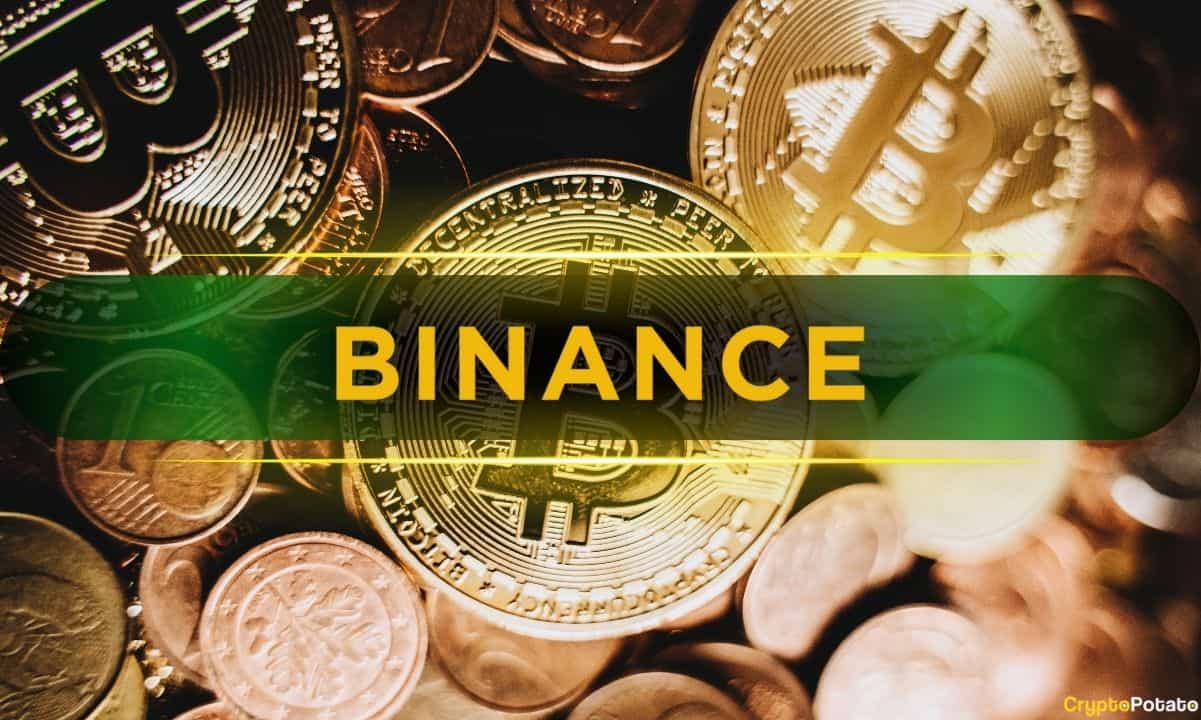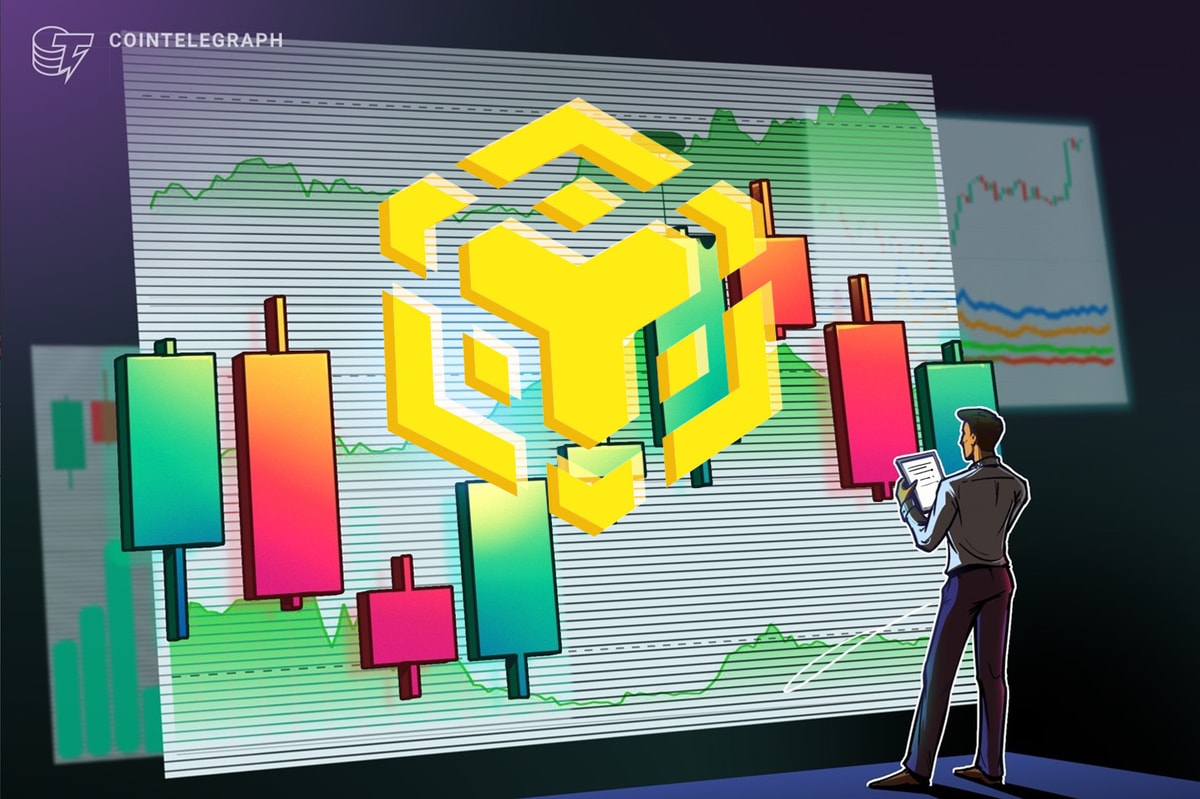Every few months, headlines warn of a looming multi-billion-dollar options expiry poised to shake Bitcoin price.
This quarter’s figure, roughly $13 billion in notional contracts, sounds dramatic, yet it’s part of a well-worn pattern on Deribit, the exchange that clears nearly 90% of Bitcoin’s options open interest.
The real story isn’t the size of the expiry, but the rhythm of how volatility is priced, hedged, and recycled through the platform that now anchors the crypto derivatives market.
A mechanical heartbeat
Deribit’s quarterly and month-end expiries follow a simple cadence: the last Friday of each period, all short-dated contracts settle simultaneously.
Traders start rolling positions days in advance, shifting exposure from expiring maturities into new ones. This means the $13 billion figure represents gross notional; most of it has already been neutralized long before the clock runs out.
 Chart showing the open interest by expiry for Bitcoin options on Deribit on Oct. 30, 2025 (Source: CoinGlass)
Chart showing the open interest by expiry for Bitcoin options on Deribit on Oct. 30, 2025 (Source: CoinGlass)In 2025 alone, the market has already seen expiries of similar scale: roughly $11.7 billion in May, $15 billion in June, and $14-15 billion in August, none of which derailed spot prices. The steady pattern shows that size alone doesn’t move Bitcoin; positioning does.
Why prices pin
Leading into expiry, a dynamic called gamma pinning keeps Bitcoin unusually stable. Dealers who are long gamma, essentially long volatility through options they’ve sold, hedge by buying into dips and selling into rallies. These offsetting flows suppress realized volatility, often holding BTC near the strike levels with the most open interest. That “max pain” zone is where the majority of option buyers experience a loss in value.
The moment contracts settle, this artificial calm disappears: the “gamma reset” removes hedging pressure, allowing spot to move more freely. As Glassnode has shown in past cycles, open interest quickly rebuilds while implied volatility (IV) eases.
Reading volatility through DVOL
The pulse of the options market is captured in Deribit’s DVOL, a 30-day implied-volatility index derived from the options smile. DVOL spiked above 70% in late October, reflecting traders’ demand for protection amid macro uncertainty.
 Graph showing Deribit’s DVOL Index from Apr. 30 to Oct. 30, 2025 (Source: TradingView)
Graph showing Deribit’s DVOL Index from Apr. 30 to Oct. 30, 2025 (Source: TradingView)However, as expiry approaches, DVOL typically drifts lower unless an outside catalyst intervenes, such as economic data, ETF flows, or a liquidity shock. The metric even has its own futures now, letting traders bet directly on volatility itself.
For newcomers, think of DVOL as a measure of expected turbulence: when it’s high, the market anticipates significant moves; when it’s low, options traders see calm seas ahead. Comparing DVOL with realized volatility shows whether option sellers are demanding a premium or pricing complacency. A DVOL that remains rich relative to realized levels suggests that sellers are earning carry, while compression warns that volatility could re-ignite.
Context beyond crypto
Unlike earlier cycles, today’s volatility isn’t isolated inside crypto venues. Spot Bitcoin ETFs have become primary parallel channels for Bitcoin. In early October, global crypto ETF inflows reached nearly $6 billion in a single week, providing steady demand that helps cushion spot prices.
This linkage means that derivatives now sit alongside institutional investment vehicles, rather than opposing them, as volatility spikes are as likely to be dampened by ETF flows as they are to be triggered by them.
At the same time, CME options activity has expanded, providing U.S. desks with a regulated venue for hedging, while offshore traders remain concentrated on Deribit. The result is a split ecosystem: Deribit defines near-term crypto-native volatility, CME reflects TradFi participation. Their interplay helps explain why even record expiries now pass with minimal dislocation.
What to watch post-expiry
Once the $13 billion clears, three variables shape the next leg:
- Open-interest rebuild: New maturities show where traders expect movement. A shift toward upside calls signals renewed optimism; heavy put interest hints caution.
- DVOL term structure: A front-month premium fading after expiry points to normalization; a sustained elevation implies lingering uncertainty.
- ETF and macro overlays: Strong inflows or soft economic data can override any technical expiry effects, redirecting flows faster than option books can adjust
The bigger picture
Kaiko’s research frames these expiries as volatility-management events, not market shocks. Each one clears the board, resets positioning, and lays the foundation for the next volatility cycle.
Deribit’s dominance ensures that Bitcoin’s implied volatility structure (the balance between fear and greed) remains anchored to how traders hedge on that single platform.
For seasoned desks, expiry Friday is just accounting; for observers chasing the next “big move,” it’s a reminder that the loudest numbers often hide the quiet mechanics that make modern crypto markets run.
Mentioned in this article


















 English (US) ·
English (US) ·